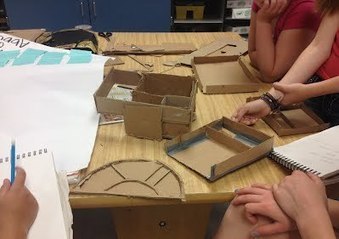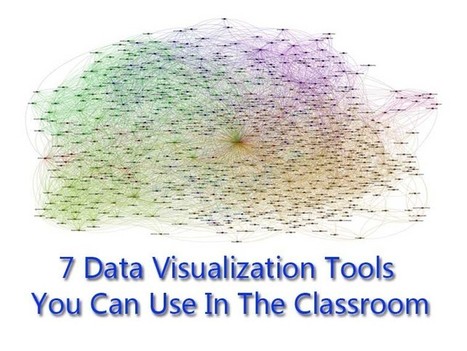by Ian Quillen
"Creating a safe recreation space for teens; protoyping a recyclable lunch tray; setting up a water delivery system to guard against urban fires; building a public awareness campaign to combat hunger. These are just a few of examples of the types of tasks students are taking on when they participate in the Design Learning Challenge, an effort to get students to figure out how to solve real-world problems in their communities.
"Combining project-based learning, with an emphasis on the arts and design thinking, this academic competition now in its third year — a partnership between the Industrial Designers Society of America, or IDSA, and the National Art Education Association, or NAEA — has more than 750 students participating this year."
Via Rebecca White



 Your new post is loading...
Your new post is loading...











EVERY subject should be taught with REAL WORLD problem solving, just like we did in the stone-age!
I have rescooped this resource from @Rebecca White as it is a great resource for teaching the Design and technology strand and incorporates sustainability. The website focuses on design thinking, 21st century learning skills, design learning research, curriculum frameworks, project based learning and engaging today’s students. It links with the Australian Curriculum for technology including design technology as it is build student computational thinking by getting them to create and evaluate projects which aims towards creating preferred futures.
This is the background information for competitions that are coordinated between designers and educators to promote students thinking about how to solve real world problems using design. There are links provided to sample problems and challenges suited for Prep to Year 4 levels as well as more in depth concepts for high school students, such as designing jobs for 2050. Interesting read and plenty of information to be explored.